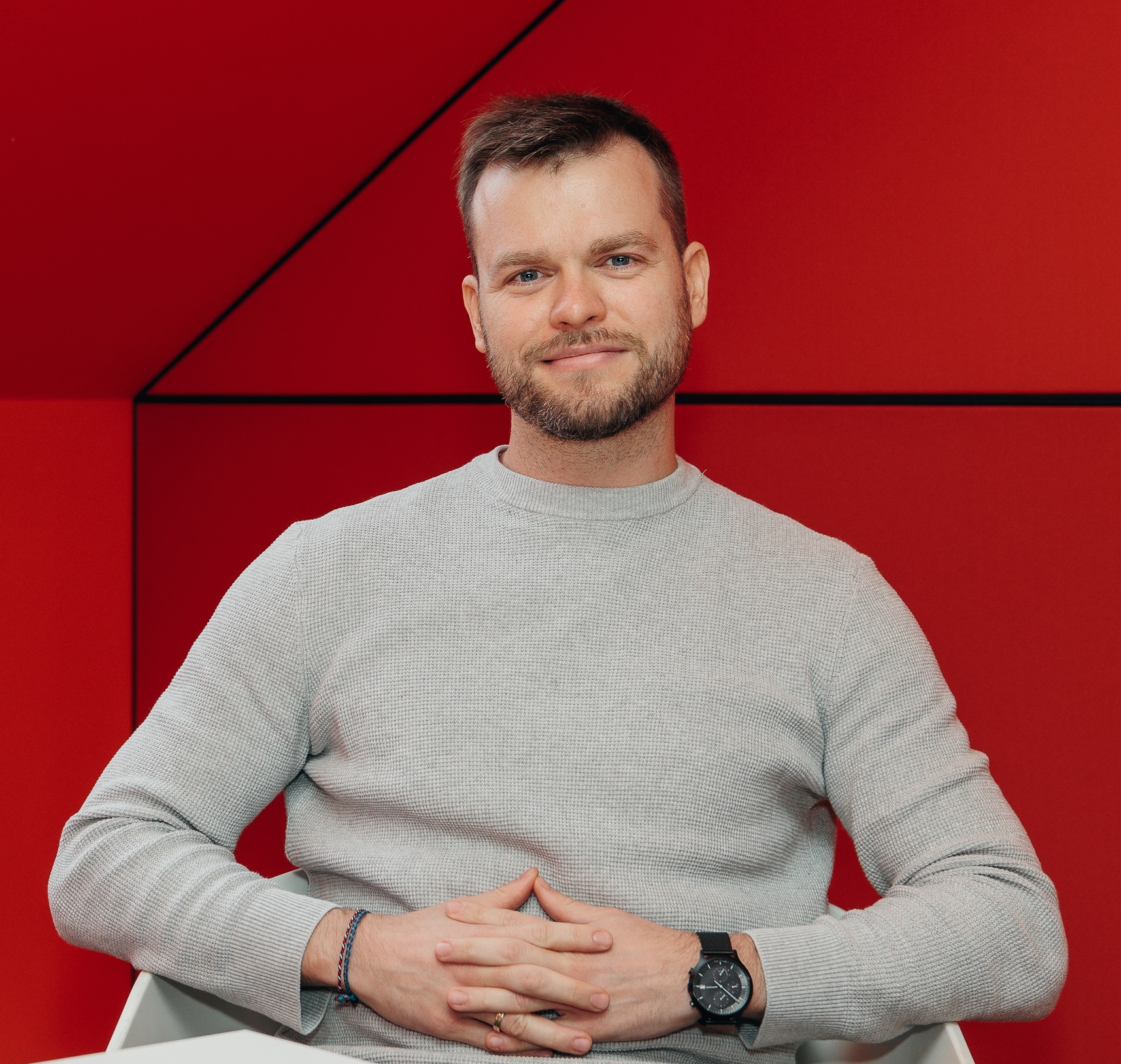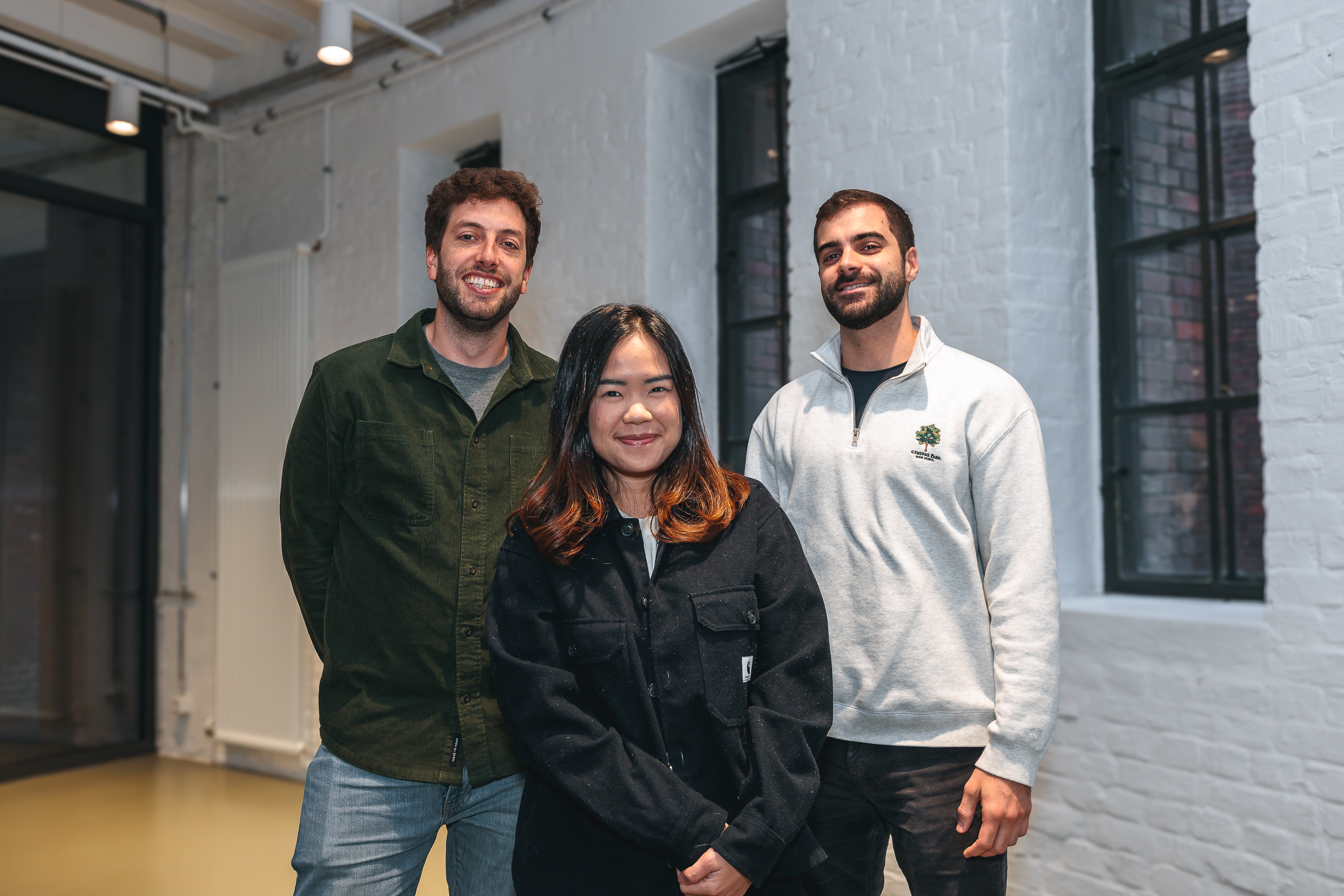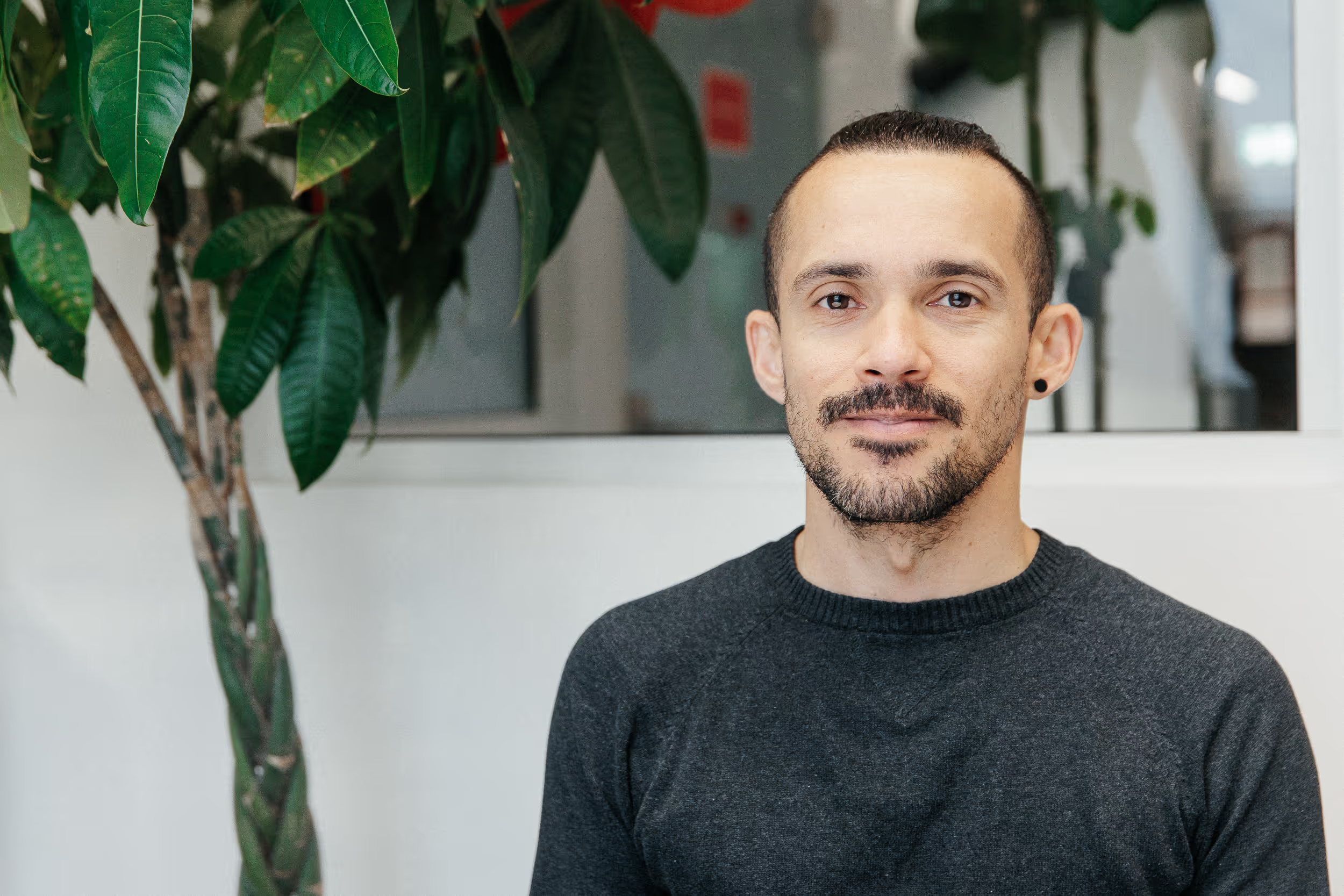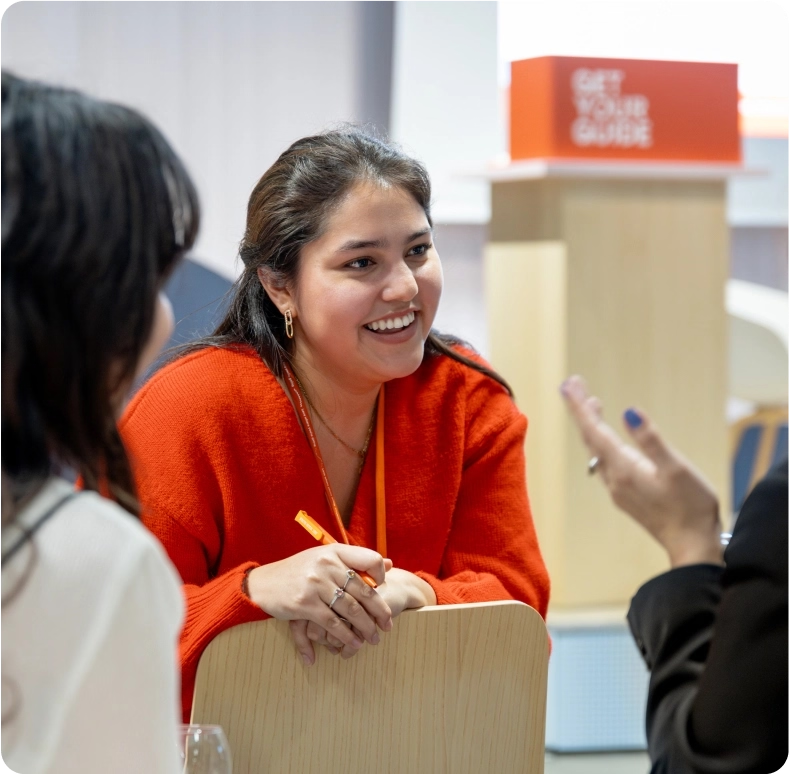User Research at GetYourGuide: How We Put the User First
User research helps us to understand the behaviors, needs and motivations of users. By keeping ourselves close to the people using our product, we can understand what is important for them.
.avif)
Key takeaways:
We spoke to our Senior Qualitative Researcher Tamara who gave us a run through of User Research at GetYourGuide; what methods we use, how we run our tests and what results it can provide!
What exactly is User Research?
User research helps us to understand the behaviors, needs and motivations of users. By keeping ourselves close to the people using our product, we can understand what is important for them. This is key to our strategy, it allows us to make informed decisions and evaluate concepts before investing time on building them.
A common misconception of this research is that it is equal to asking people what they want. We observe people performing tasks and we ask about their past experiences to better predict future actions. This is because there is a huge gap between what people say they will do and what they actually do.
When and how do you decide to do User Research?
It all comes down to the question you have, the phase of the development cycle you are in and your OKRs (Objectives and Key Results). Once you have that, you can decide on what method will allow you to learn the most and in what context.
For example, let’s say you have the following 3 questions:
“Do our users value our reviews?" Phrased like this you are looking for a Yes/No answer. Here you will choose a quantitative method.
“Why are our users using GetYourGuide?" Then you would benefit from learning what’s working for them and what’s not. You would need a qualitative method (e.g. conducting interviews).
“What does it take for someone to decide if they want to book a day trip on GetYourGuide?" Now your question is more specific. It requires a combination of qualitative and quantitative research methods. As a result, you will learn about all the steps they need to go through, their mental model, drivers and pain points and you will be then be able to improve the overall experience.
Qualitative research methods answer questions about why something is happening, whereas quantitative methods are great for answering questions about what, how many and how much.
If you look at the product development cycle, research happens during all phases:

- Before: You are trying to understand the problem. Research can inspire new directions and help you mitigate the risk. What are the barriers people have?
- During: You made a decision and now you are looking into different solutions. Are we solving the problem in the most efficient way?
- After: You are looking at how something performed. How successful is the implemented solution?
What User Research methods or systems do we use at GetYourGuide? Why?
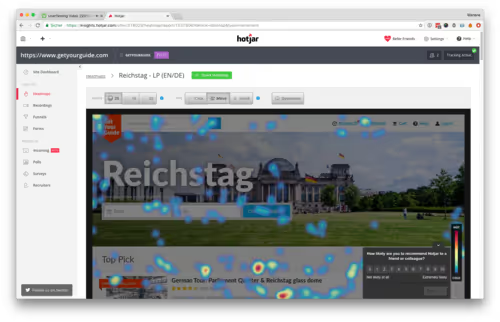



My focus is qualitative research at GetYourGuide but we combine qualitative and quantitative methods when doing user research. Insights come from multiple sources, e.g. a/b testing results, funnel and event data, heatmaps or user sessions. We use tools like Looker, Mixpanel and Hotjar to make data easily accessible for every team member. In addition, we have our own a/b testing framework that provides reports and deeper insights in a dashboard. To enable teams to gather very quick user feedback, we use moderated remote studies through services like usertesting.com.
Research Methods in Depth
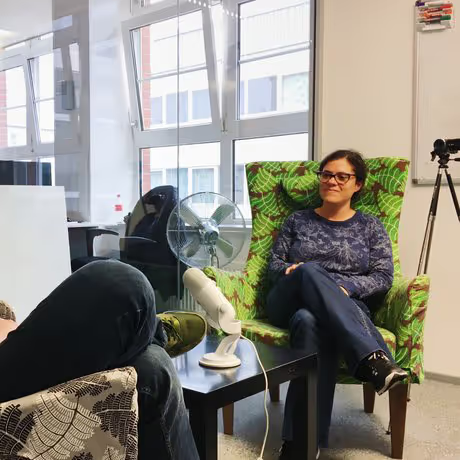
Interviews: These are conversations with customers and non-customers where we learn about their past experiences in order to predict future behaviour.
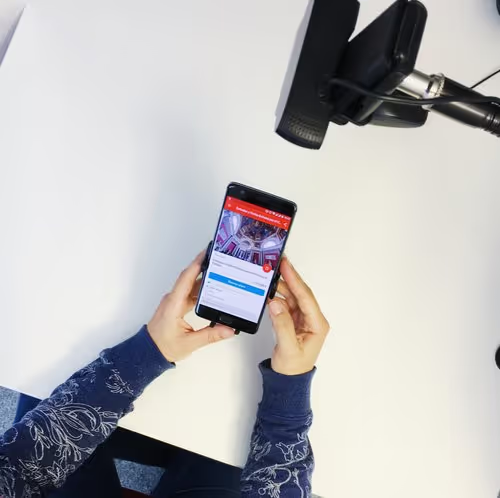
Concept-testing: This helps us understand if users would want or need certain modification at a very early stage.

Card Sorting: This is a qualitative/quantitative method that asks users to group items and assign categories to each group.

Usability Testing: Here we are able to measure how effective, efficient and satisfactory our solution is for users.
What does User Research mean for GetYourGuide?
For us at GetYourGuide, it means getting our exposure hours. In order to be user centric we have to incorporate the user in the process.
One of the biggest benefits of research is incremental understanding. Running a qualitative research sample of five participants once in awhile won’t help you in the long term, however, it is in the frequency that allows you to identify patterns.
How is qualitative research special at GetYourGuide?
Every product team is encouraged to run research on a regular basis; every two weeks. I work closely with the mission teams to design the research with them. If we are doing a moderated study in our lab, every member of the team joins me in the participant's room as an observer. We also have the Director and the VP of Product joining sessions too.
Once you get to see someone struggling with the product, magic happens. The conversation moves towards users and not opinions. It is an amazing empathy exercise. You have to remain silent, observe and listen to users for 40 minutes.

We also live stream our sessions for the rest of the company and have a Slack channel where observers can submit questions at the end of the tests while also staying informed about any last minute changes.
Huge thanks again to Tamara for providing such a detailed account into User Research at GetYourGuide, for explaining each individual stage in depth and for showing us the various steps that go into conducting this research at GetYourGuide.


.JPG)
